The miraculous properties of zucchini have been known to people since ancient times. This vegetable is not only rich in vitamins, but is also a dietary product. Food prepared with the addition of zucchini is easily digestible and helps normalize the digestive function of the pancreas. Dishes made from this vegetable have no contraindications and are recommended not only for dietary, but also for baby food. The huge number of types and varieties of this healthy vegetable presented today allows us to satisfy the needs of even the most demanding vegetable grower. Let’s take a closer look at the “Hare’s Ear” variety.
Description
Zucchini "Hare's ear" belongs to varieties with early ripening fruits. The period for vegetables to reach technical maturity is 45-50 days. The plant is spreading, bushy.
The fruits are greenish-white in color and have an elongated cylindrical shape. The weight of each individual vegetable can reach 1000 grams. The pulp is white, quite dense, tender and juicy.
The variety has high productivity.
The variety has quite a wide range of uses in cooking. Zucchini is suitable for fresh consumption, frying, stewing, canning and pickling.
Features of cultivation and care
The most optimal place for growing Hare's Ear squash is a well-lit, little-ventilated area of fertile, light soil.
Excellent predecessors of zucchini are plants such as onions, potatoes, and tomatoes.
Sowing of seeds is carried out in previously prepared and heated soil immediately after the threat of spring frosts has disappeared.
Further care of the plant includes a number of standard procedures for a gardener, such as:
- deletion weed and loosening the soil at the base of the bush; Do not forget that frequent deformations of the soil cover can have both positive and negative effects on the plant. On the one hand, a regular flow of oxygen to the root system has a beneficial effect on the development and growth of zucchini, and on the other hand, frequent intervention in the roots can lead to mechanical damage, which will negatively affect the above indicators. Therefore, it is extremely important not to get carried away with loosening the soil in the growth zone of the bush, everything should be in moderation. Regular abundant watering during active growth and the growing season;When the fruits ripen, watering should be slightly limited to prevent the appearance of rot and pests.
- fertilizing the plant with complex or organic preparations, as well as growth stimulants (in case of poor soil composition).
- regular and systematic collection of already ripe fruits from the bush.
Advantages and disadvantages
Zucchini "Hare's Ear" is popular among gardeners due to a number of positive factors characteristic of this variety.
The first and, perhaps, the most significant criterion is high productivity. The fruits are small in size, but their quantity forces many vegetable growers to choose this variety.
The second criterion is the taste of zucchini and the versatility of its use in cooking. The fruits of the “Hare's ear” variety can be eaten raw, fried, stewed, baked, pickled, canned and even frozen. All of the above procedures do not in any way negatively affect its taste, but, on the contrary, make them more expressive.
The third indicator is unpretentiousness. The plant does not require the creation of additional or special conditions for cultivation, and is not demanding in terms of temperature and moisture. Despite this, you should not forget about the plant’s needs for a certain soil composition: in acidic and particularly heavy areas of the soil, zucchini will not grow to its full potential. This criterion is perhaps the only drawback of the variety.
This video will help you reveal the basic secrets of growing zucchini:
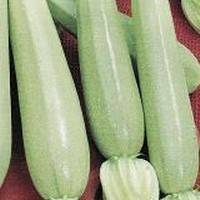
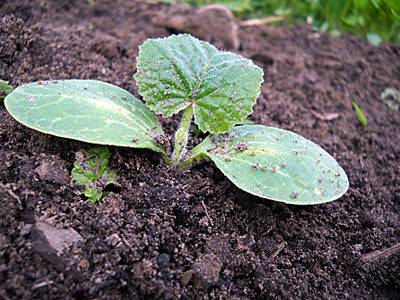
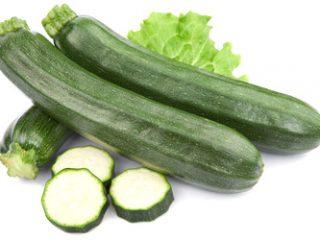
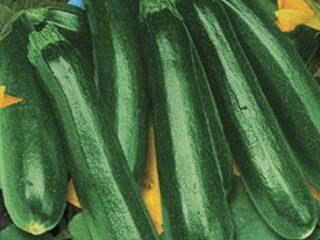
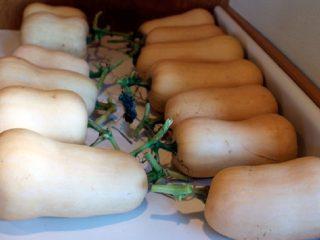
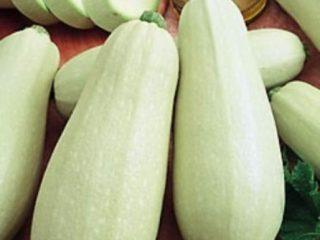
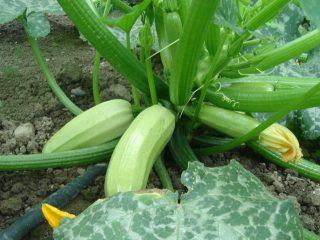


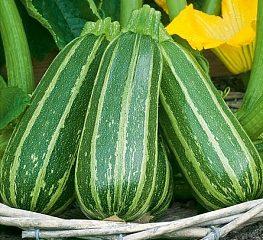
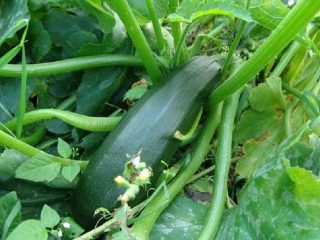
in polycarbonate greenhouses you can plant and the distance between them. I have a 6-meter greenhouse, 150 cm wide. How much can I plant?